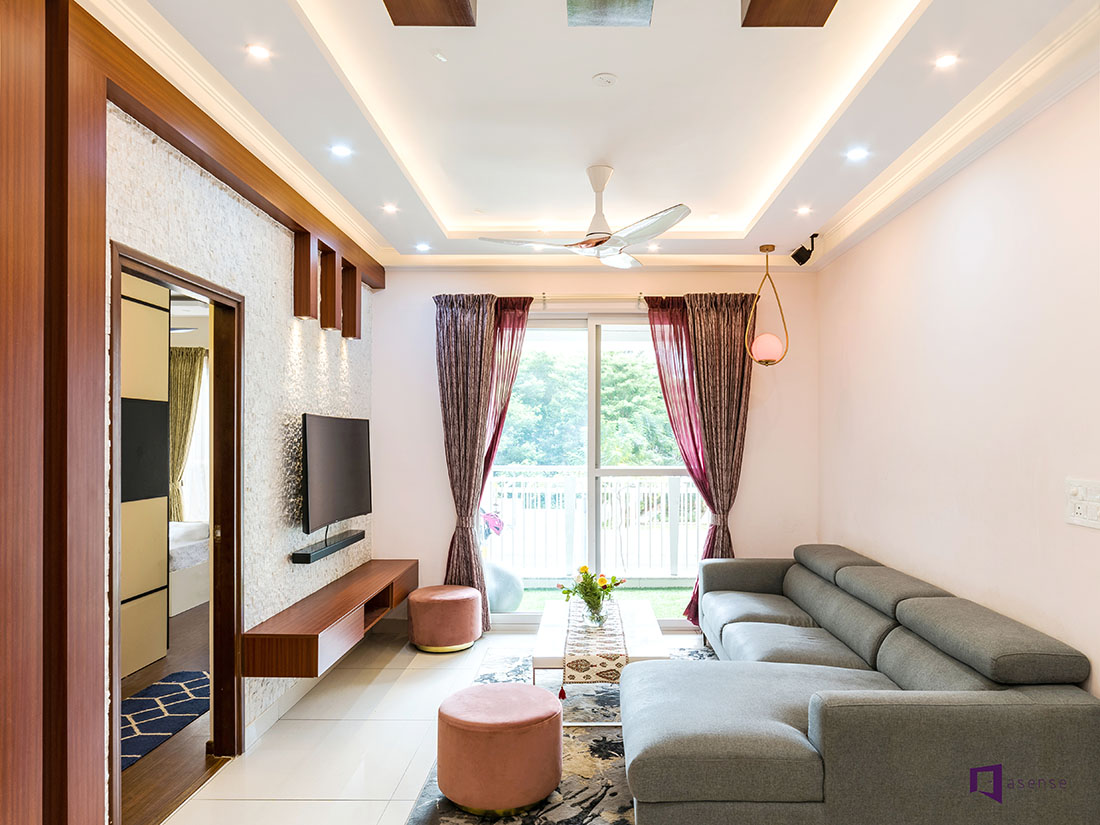Trust experts in miami luxury interior design for high-end home and commercial projects.
Trust experts in miami luxury interior design for high-end home and commercial projects.
Blog Article
Transform Your Home With Necessary Concepts of Interior Design and Visual Appeals
By understanding the effect of shade theory and the importance of texture and patterns, one can create areas that are not just visually attractive yet also deeply individual. Attaining this equilibrium involves more than simple decoration; it includes a strategic plan and an eager understanding of how each component engages within a space.
Recognizing Shade Concept
Color concept is a basic facet of interior decoration that dramatically influences mood, perception, and overall aesthetic. Understanding the principles of color concept permits designers to create spaces that resonate emotionally with residents while satisfying practical demands (miami luxury interior design). Shades can be categorized right into 3 main kinds: primary, additional, and tertiary. Each category plays a critical duty in developing harmony within an area.
The mental influence of colors is extensive; cozy hues such as reds and oranges evoke energy and warmth, while awesome tones like blues and eco-friendlies advertise calmness and tranquility. The usage of corresponding shades enhances aesthetic interest, developing striking contrasts that can elevate an area's allure.
Neutral colors, on the various other hand, serve as a flexible backdrop, allowing various other style components to beam. It is vital to consider variables such as illumination and the area's objective when choosing a shade palette, as these can change the assumption of colors throughout the day.
Inevitably, a well-considered color system can change an area, fostering a feeling of convenience and style that aligns with the occupants' choices. Proficiency of color theory is, consequently, a crucial ability for any kind of indoor designer intending to develop unified and welcoming settings.
Achieving Equilibrium in Layout
Exactly how can developers accomplish a feeling of stability in their spaces? Achieving balance in style is fundamental to developing harmonious interiors.
Unbalanced equilibrium, on the other hand, counts on varying aspects that still achieve a natural appearance. This approach enables even more vibrant and casual plans, giving rate of interest while preserving stability. By thoroughly picking differing sizes, shades, and textures, designers can develop a visually engaging space that feels well balanced yet energised.
Radial balance emphasizes a central centerpiece with aspects radiating exterior. This design is generally seen in round designs, where furnishings and decor produce a cohesive border that draws the eye internal.
Ultimately, achieving balance needs thoughtful consideration of scale, proportion, and the partnerships between aspects. miami luxury interior design. By skillfully applying these balance concepts, developers can transform spaces right into atmospheres that feel both visually pleasing and functionally harmonious, enhancing the general experience for owners
Importance of Spatial Recognition

An eager sense of spatial understanding enables designers to recognize focal points within an area, leading the customer's focus to crucial features while maintaining an overall sense of unity. It additionally assists in the tactical positioning of illumination, which can substantially influence the understanding of space and mood. Furthermore, recognizing spatial relationships enables the designer to deal with the certain needs of occupants, making certain that each location offers its designated function without endangering appearances.
Eventually, spatial recognition is essential for maximizing the potential of any type of interior space. By carefully taking into consideration the interaction in between dimensions, layout, and function, designers can produce atmospheres that not only meet useful requirements but also stimulate a feeling of convenience and charm, improving the general living experience.
Including Texture and Patterns
Embracing a browse around this web-site diverse variety of textures and patterns can significantly boost the visual and tactile allure of an indoor area. The critical use numerous materials-- such as wood, steel, fabric, and rock-- creates deepness and interest, making a room feel much more welcoming and dynamic. Integrating smooth surfaces with rough structures can develop a balance that draws the eye and engages the senses.
When including patterns, take into consideration both range and repetition. Large patterns can function as prime focus, while smaller sized, subtle styles can complement various other aspects without overwhelming the area. Layering patterns, such as pairing flower paddings with striped tosses, includes complexity and a sense of harmony if executed thoughtfully.
It is additionally important to preserve a natural shade combination, you could try these out making certain that textures and patterns function with each other as opposed to complete for interest. By choosing a few essential structures and patterns, you can develop an unified aesthetic that shows your personal design while enhancing the general ambiance of the room. Eventually, the cautious incorporation of these components can change a mundane area into an innovative setting rich with character and heat.
Customizing Your Area
Creating a space that shows your character is crucial to achieving a really welcoming setting. Customization in interior decoration permits you to instill your one-of-a-kind style and passions into your home, transforming it from a simple sanctuary into a shelter that talks with who you are. Begin by choosing a color scheme that reverberates with your feelings-- vibrant hues can invigorate, while soft tones offer peace.
Include art work and decoration that reflect your enthusiasms, whether it be traveling, nature, or abstract ideas. Showing personal collections, such as publications, pictures, or mementos, can stimulate valued memories and create focal points within a room. Furthermore, think about tailoring functional items, like upholstered furnishings, to line up with your visual preferences.

Final Thought
To conclude, the change of a home via this page the essential concepts of indoor style and appearance requires a comprehensive understanding of shade concept, balance, spatial awareness, structure, and personalization. Each component contributes dramatically to developing an unified and practical living environment - miami interior design. By thoughtfully integrating these principles, individuals can improve the visual charm and psychological vibration of their spaces, inevitably cultivating a home that shows unique identifications while supplying convenience and practicality
Report this page